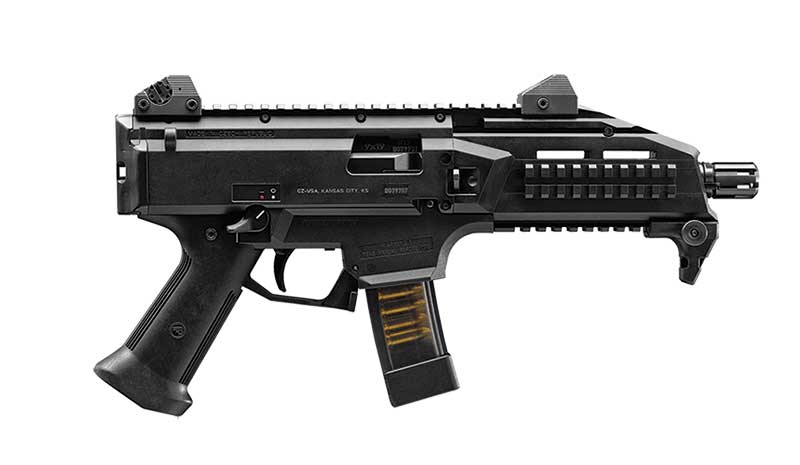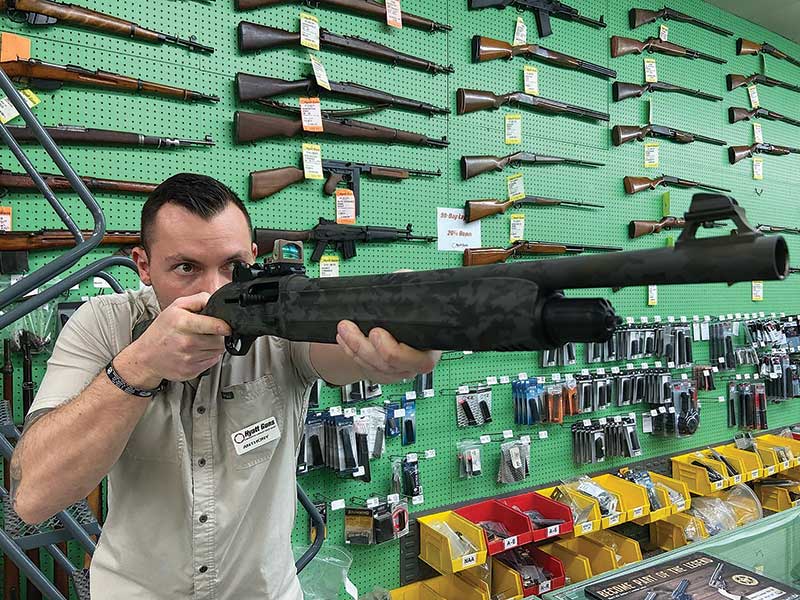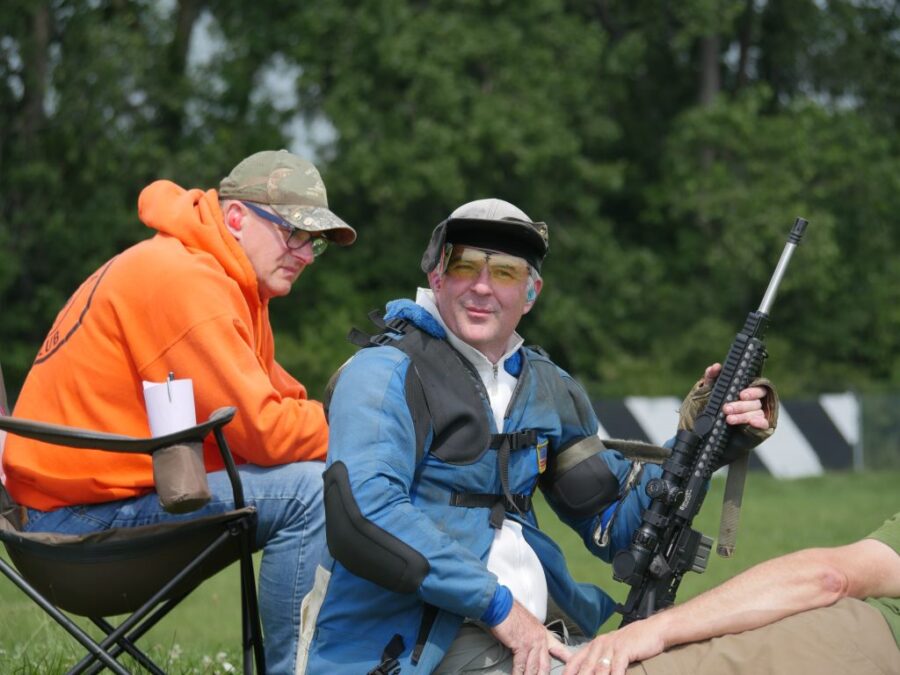Self-Protection Provisions
The shop has always done strong business in home-defense shotguns — in part, because of the state’s two-week waiting period for handgun purchases. So, it was no surprise to Hyatt that shotguns (particularly the Mossberg Mavericks and Remington 870s) were the first things to fly off his shelves. These are buyers far more interested in getting a gun, without spending a lot to do it.
“A lot of these people don’t really want a gun. What they want is self-protection,” Hyatt claimed.
Fun coronavirus story: After all of Hyatt’s home-protection shotguns were gone, he looked around the shelves and saw opportunity in his untouched selection of hunting shotguns. He turned those over to the in-house gunsmith to shorten the barrels: “And then we had 40 more home-protection shotguns,” Hyatt noted.









